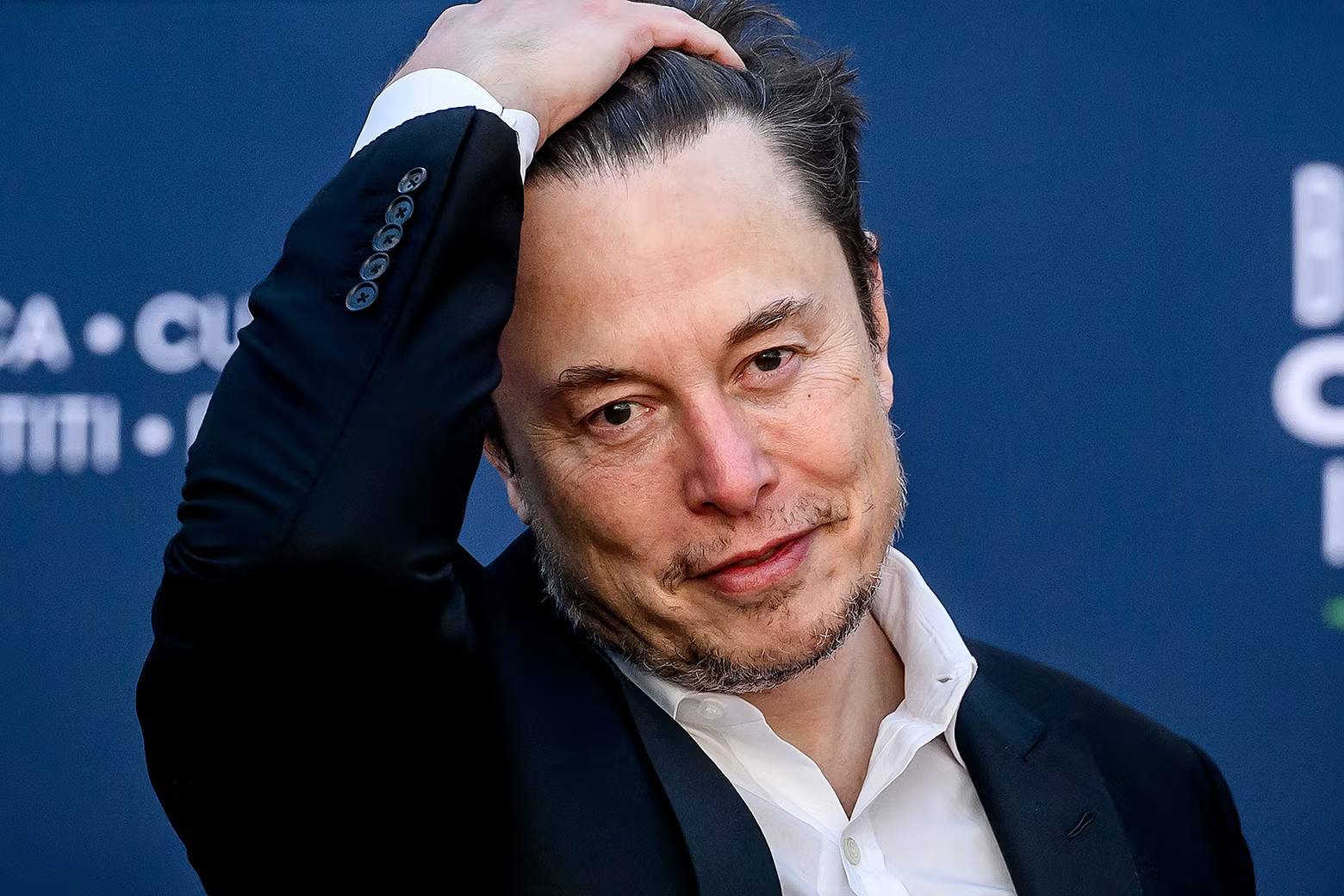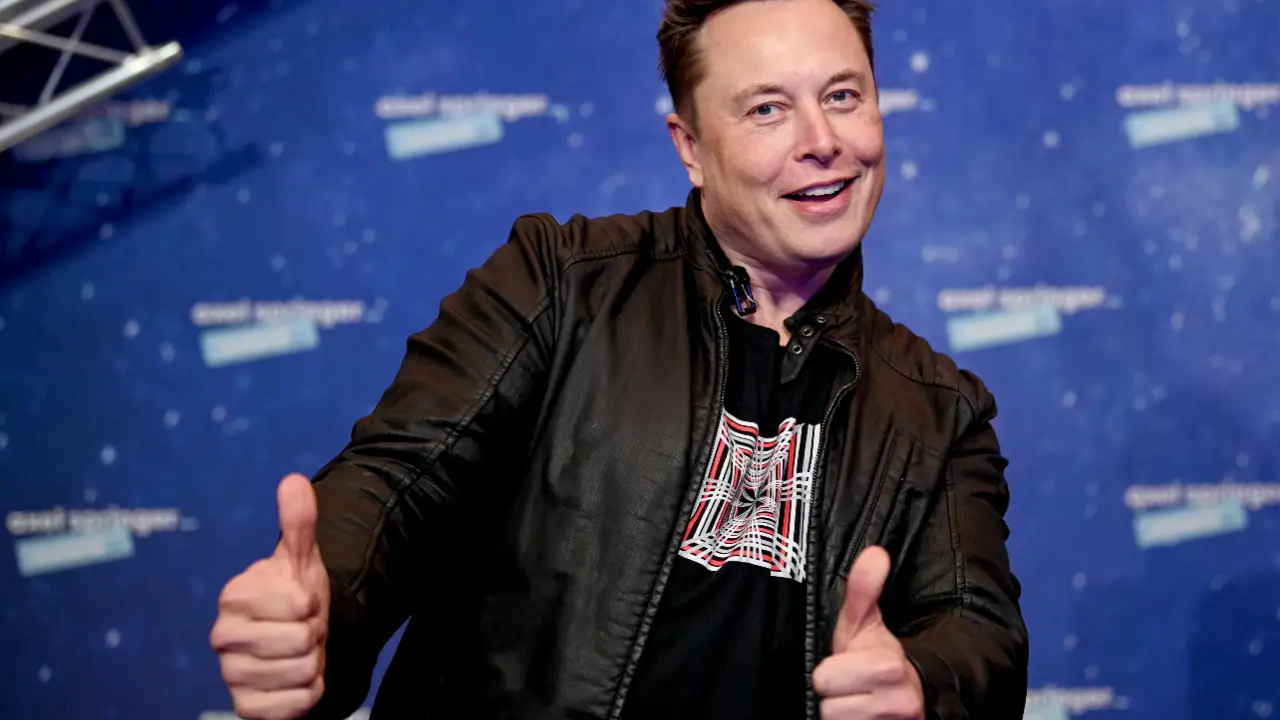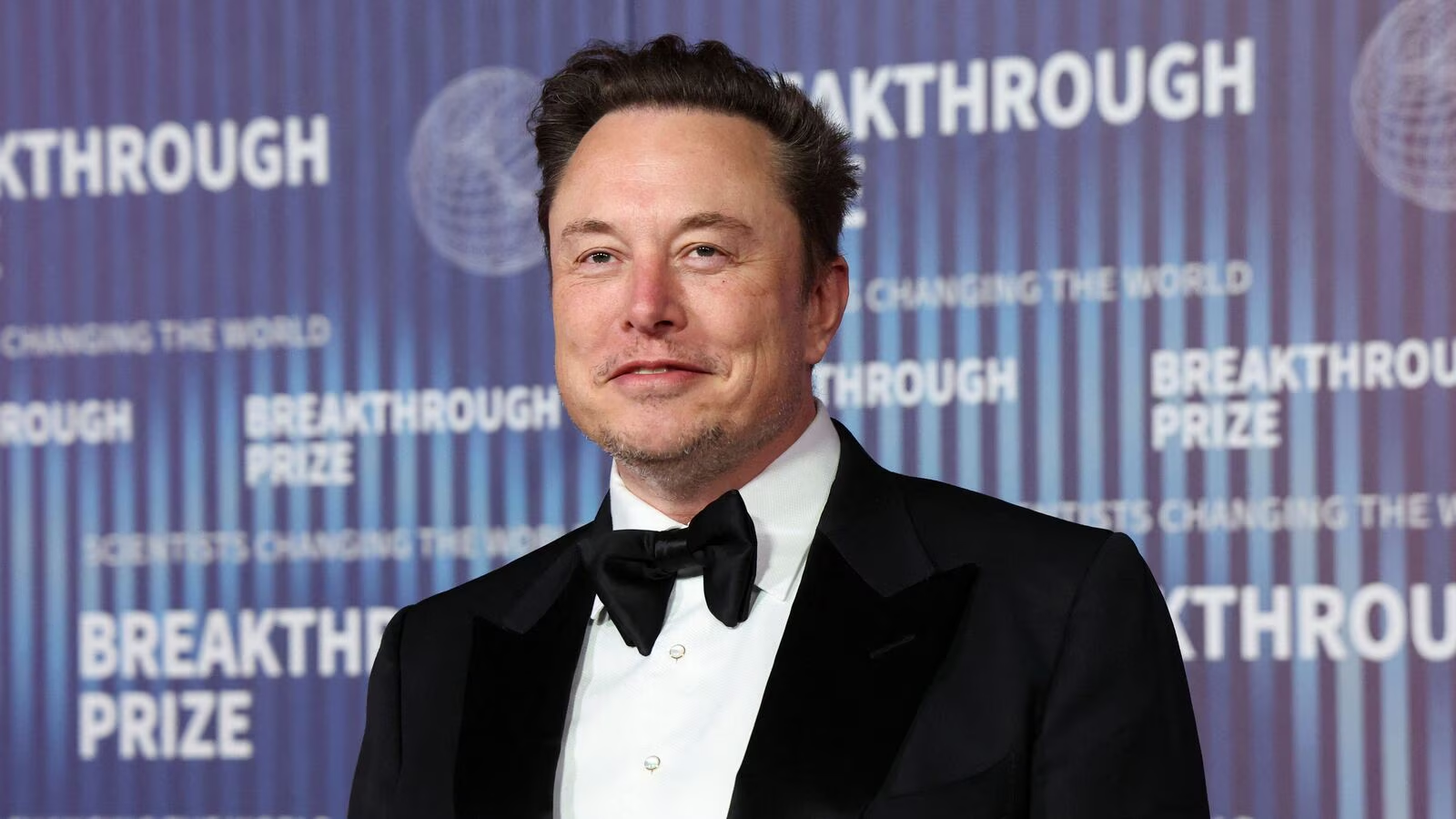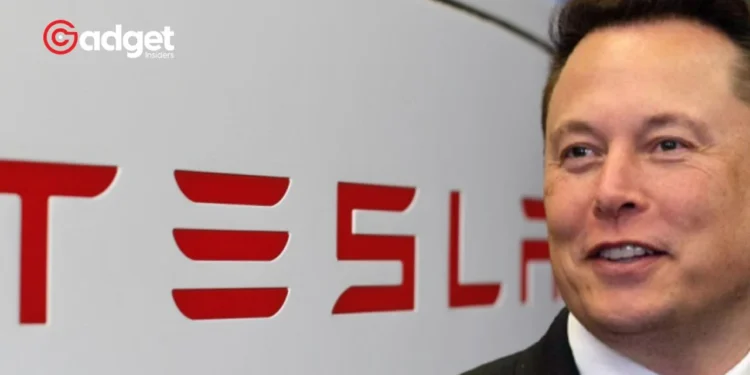2024 has unfolded as a tumultuous year for Elon Musk’s Tesla, marked by significant stock declines, operational hiccups, and competitive pressures, particularly in the booming EV market in China. With Tesla’s stock plummeting approximately 37%, the company is grappling with an array of challenges that are reshaping its operational and strategic landscape.

A Stormy Start: Tesla’s Financial and Operational Woes
The year began on a rocky note for Tesla, as its stock took a steep dive, making it one of the S&P 500’s poorest performers, a position it shares with Boeing and the heavily short-sold insurer Globe Life.
The electric vehicle giant’s woes are compounded by operational challenges, including unexpected factory shutdowns and extensive renovations, further hampered by escalating competition from local automakers in China and increasing legal scrutiny in the United States.
Tesla’s CEO, Elon Musk, described the situation as a “nightmare” in the first quarter, leading to a significant decision to lay off over 14,000 employees.
Elon Musk expressed his reluctance in a communication to staff, stating, “There is nothing I hate more, but it must be done. This will enable us to be lean, innovative, and hungry for the next growth phase cycle.”

Legal Setbacks and Strategic Shifts
A pivotal legal ruling in January by a Delaware state court struck down Elon Musk’s substantial $56 billion CEO pay package from 2018, raising questions about the fairness and approval process of such compensation.
This setback has ignited Elon Musk’s intent to possibly shift Tesla’s state of incorporation from Delaware to Texas, aligning it with his other venture, SpaceX.
Elon Musk’s desire to assert more control over Tesla and expand into artificial intelligence and robotics unless he maintained substantial voting control also sparked concerns about the company’s direction and leadership stability.
Elon Musk's Tesla is having a brutal 2024. Here's how it went wrong https://t.co/b9jKQkMRqy
— Quartz (@qz) April 16, 2024
Elon Musk: Intensifying Competition in China
Tesla’s challenges are notably pronounced in China, where local competitors like BYD are accelerating their EV strategies. Tesla witnessed a decline in deliveries, dropping 8.5% in the first quarter of 2024, despite the overall growth in China’s EV market.
BYD, in particular, has emerged as a formidable competitor, not only in terms of sales volume but also through strategic product expansions, such as the introduction of a high-end electric supercar and an electric pickup truck.

Moreover, other companies like Xiaomi have also ventured into the EV market, further intensifying the competition. Xiaomi’s first EV, the SU7, has been particularly well-received, undercutting Tesla’s Model 3 on price and challenging its market position.
Operational Strains and Market Responses
The first quarter of 2024 also saw Tesla reducing production rates at its Shanghai Gigafactory, signaling a strategic slowdown in response to operational challenges and market conditions. This decision aligns with reports of extended production limitations and supplier notifications preparing for continued constraints.
Tesla’s disappointing sales report in early April marked a significant downturn, falling short of Wall Street expectations and exacerbating investor concerns about both production bottlenecks and potential demand issues.
Musk’s Promises and Regulatory Hurdles
Elon Musk’s promise of unveiling a self-driving Tesla by August has been met with skepticism from analysts and regulatory hurdles, as state agencies in California, Arizona, and Nevada have not been in contact with Tesla regarding its autonomous vehicle plans.
This skepticism is amplified by past delays in product launches, such as the Cybertruck and the second-generation Roadster, which have seen multiple postponements.
Looking Ahead
As Tesla navigates through these operational, competitive, and regulatory challenges, the focus remains on how it will adjust its strategies to stabilize and potentially regain its footing in the global EV market. The unfolding events of 2024 will be crucial in shaping the future trajectory of Elon Musk’s flagship enterprise.










